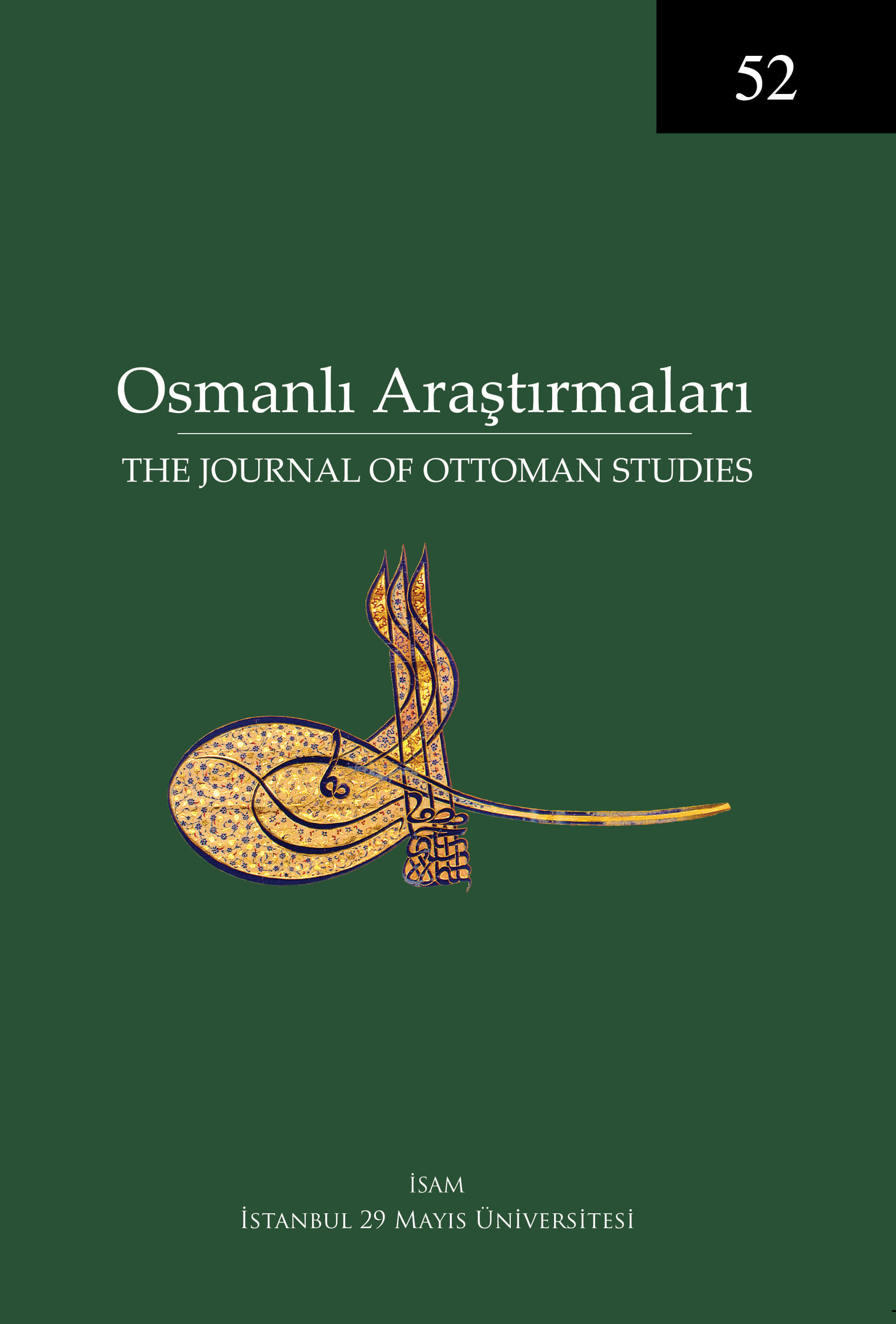A Study on the Symbolic Language Used in Certain Depictions Portraying Suleyman the Magnificent’s Last Military Campaign
Keywords:
Keywords, Tulip Age, Nevşehirli Damat İbrahim Pasha, Patrona Revolt, Ottoman modernizationAbstract
Since the proliferation of the “Tulip Age” as a concept by Ahmed Refik, the grand vizierate period of Nevşehirli Damat İbrahim Pasha (1718-1730) has been accepted as the beginning of the Ottoman modernization in the eighteenth century. There have been serious challenges against this newly formed paradigm which sees this period as a process of westernization and in this regard, the concept of “Tulip Age” has been questioned in the scholarly literature. In fact, this short period of the eighteenth century under the title of “Tulip Age” preserved its distinguished position with different readings and thoughts as a third stage in the Ottoman Classical Age. It was another issue that the evaluations of this period were overshadowed by the 1730 Revolt. This paper discusses whether we can understand this period as a pre-modernization of the Ottoman Empire or not; in this discussion various events of the period will be identified together with the “new mindset” of the period. This new mindset will be commented as the matryoshka dolls, to emphasize the stratification of the newly emerging ideas of the time. This paper was written for the 300. anniversary of 1718, the beginning of the period. Although it ended in 1730, the mindsets of this period had a certain continuity in the long course of the Ottoman westernization. Within this context, the paper reconsiders the concept of the “Tulip Age” and through analyzing the events of the time in a historical arc to support the emergence of the new mindsets in the Ottoman Empire. Besides, the paper argues that the Patrona Revolt (1730) was not a continuation of the crises since the seventeenth century, but rather it was a small-scale revolt that developed spontaneously caused by personal political rivalries of the time.




